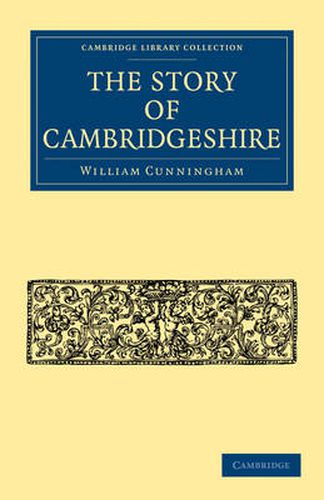Readings Newsletter
Become a Readings Member to make your shopping experience even easier.
Sign in or sign up for free!
You’re not far away from qualifying for FREE standard shipping within Australia
You’ve qualified for FREE standard shipping within Australia
The cart is loading…






William Cunningham (1849-1919) was one of the most eminent economic historians of his generation. The author of The Growth of English Industry and Commerce (1882) is seen in a different role in this very approachable and informative set of talks. Early in his career, Cunningham worked as an extension lecturer, and in these six lectures given to teachers on aspects of local history he displays great flair in communicating how history can be brought to life in the classroom. From the creation of the fen landscape in prehistoric times to the historic buildings of its towns, Cunningham explains the unique position and history of Cambridgeshire as a county distinct from its neighbours. He shows teachers how to inspire an interest in history in their pupils by engaging with the parts they can recognise: the surviving buildings, landscapes and traditions of their county, an approach still successful in schools today.
$9.00 standard shipping within Australia
FREE standard shipping within Australia for orders over $100.00
Express & International shipping calculated at checkout
William Cunningham (1849-1919) was one of the most eminent economic historians of his generation. The author of The Growth of English Industry and Commerce (1882) is seen in a different role in this very approachable and informative set of talks. Early in his career, Cunningham worked as an extension lecturer, and in these six lectures given to teachers on aspects of local history he displays great flair in communicating how history can be brought to life in the classroom. From the creation of the fen landscape in prehistoric times to the historic buildings of its towns, Cunningham explains the unique position and history of Cambridgeshire as a county distinct from its neighbours. He shows teachers how to inspire an interest in history in their pupils by engaging with the parts they can recognise: the surviving buildings, landscapes and traditions of their county, an approach still successful in schools today.